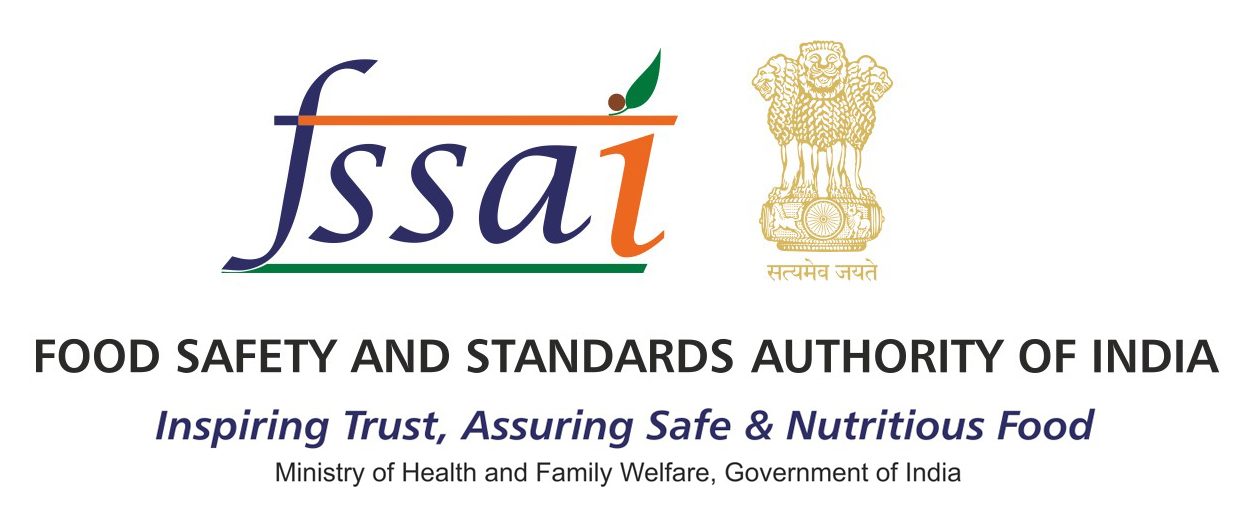Cheese is a beloved food across the world. Whether it’s spread on toast, melted in pasta, or served on a platter, cheese is rich in flavour, nutrition, and variety. But like any dairy product, cheese is sensitive and can spoil easily if not handled and stored correctly. On World Cheese Day, it’s the perfect time to learn how to take care of your cheese to make sure it stays safe, fresh, and delicious. Here’s a simple, down-to-earth guide to help you handle, store, and preserve cheese the right way—and avoid the disappointment (and danger) of spoiled cheese.
Handle Cheese with Clean Hands and Tools
Always start with clean hands and utensils when touching or cutting cheese. Bacteria from your hands or a dirty knife can speed up spoilage or even cause foodborne illness. Use a separate knife for each type of cheese, especially when serving multiple varieties, to avoid mixing flavours and microbes. When serving cheese, especially at gatherings, offer toothpicks or separate spoons to keep hands off the block or slice. This is not just more hygienic—it also keeps your cheese fresher for longer.
Understand the Different Types of Cheese
Not all cheese is created equal when it comes to storage. The rules for storing hard cheeses like cheddar or parmesan aren’t the same as for soft cheeses like brie, feta, or paneer. Understanding what type of cheese you’re handling is the first step in storing it correctly.
-
Hard cheeses are more durable and can last weeks if stored properly.
-
Soft and fresh cheeses spoil more quickly and need more attention.
Store Cheese the Right Way

The refrigerator is your best friend when it comes to cheese storage. But don’t just toss the cheese in and hope for the best.
-
Keep cheese at 2°C to 5°C (36°F to 41°F). This slows down bacterial growth without freezing the cheese.
-
Wrap it right: Avoid plastic wrap directly on the cheese. Instead, use wax paper, parchment paper, or cheese paper. These materials allow cheese to breathe while protecting it from drying out.
-
Use airtight containers for soft cheeses to prevent moisture loss and contamination.
-
Place cheese in the vegetable drawer or a lower shelf, where temperatures are more stable.
Preserve Cheese Freshness
If you’re not planning to eat the cheese right away, freezing can be an option—but only for hard cheeses. Freezing soft cheeses can ruin their texture.
-
Hard cheeses can be frozen for up to 6 months. Wrap them tightly in foil or plastic, then place them in a freezer-safe bag.
-
When defrosting, let them thaw slowly in the fridge—not at room temperature—to keep texture and flavour intact.
-
To help track freshness, label your cheese with the date you opened or stored it.
Know the Signs of Spoilage
Even the best-stored cheese will eventually go bad. If your cheese looks or smells suspicious, don’t take the risk—just toss it.
-
Smell: Sour, ammonia-like, or strong off-smells are red flags.
-
Texture: Slimy or overly dry cheese has likely spoiled.
-
Mould: Mould on hard cheeses can be cut off (1 inch around the mould), but soft cheeses with mould should be thrown away.
Keep Cheese Safe While Serving
If you’re serving cheese at room temperature (which brings out the best flavours), don’t leave it out too long.
-
1 to 2 hours is the safe limit for most cheeses.
-
After that, put leftovers back in the fridge to prevent spoilage.
-
For outdoor events, use an insulated bag or cooler to keep cheese safe and fresh.
Spotting Fake Cheese
With increasing reports of fake or adulterated cheese in the market, here’s how to identify the real thing:
-
Check the label carefully: Look for “cheese” as the main ingredient—not “cheese product” or “flavoured spread”.
-
Beware of too-low prices: Genuine cheese—especially paneer, mozzarella, and cheddar—costs more due to real milk content.
-
Do the melt test: Real cheese melts smoothly. Fake cheese may release oil or become rubbery when heated.
-
Taste and texture: Real cheese is creamy and flavourful. Fake versions may feel plasticky, overly salty, or bland.
-
Look for FSSAI or other food safety marks, especially when buying packaged cheese in India or abroad.
Final Tips
-
Buy in small quantities so cheese is consumed fresh.
-
Check expiry dates before purchasing or eating.
-
Buy from reputable shops or dairies to avoid fake or unsafe cheese.
-
Store cheese smartly and label it to monitor freshness.
-
Report suspicious products to your local food safety authority.
In Summary
Cheese deserves to be treated well. With clean hands, proper storage, and a little care, your cheese will stay fresh, tasty, and safe to enjoy. Whether you love a slice of cheddar or a spoonful of paneer, protecting your cheese means protecting your health—and your taste buds. Happy World Cheese Day!
 Food Manifest
Food Manifest 


















